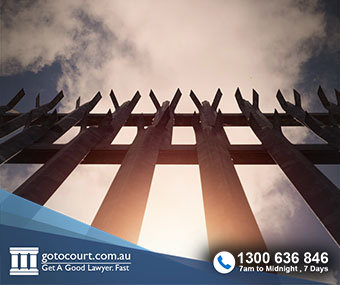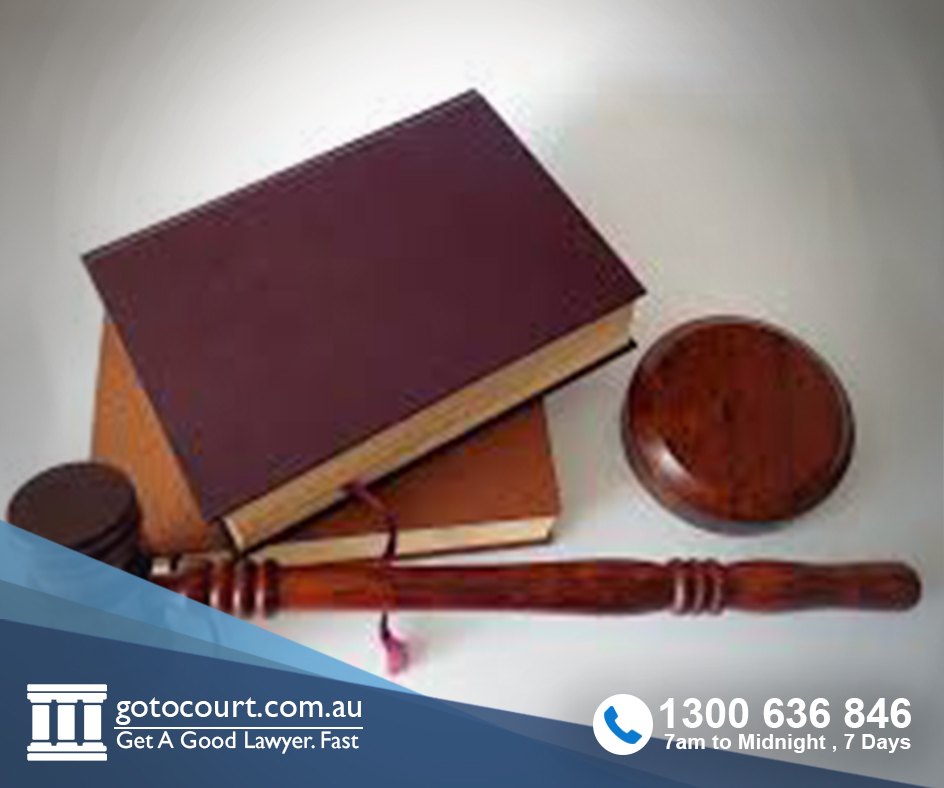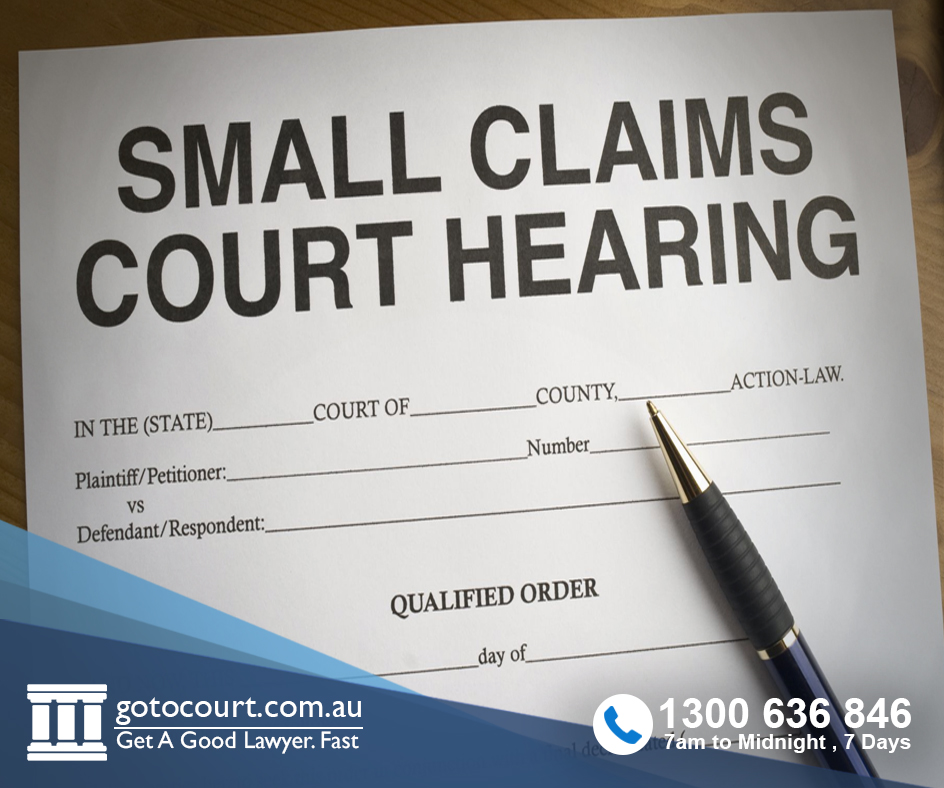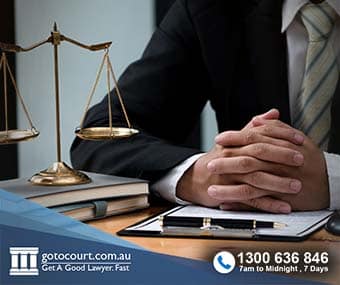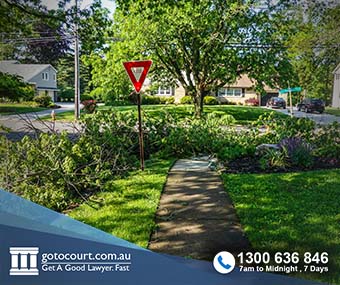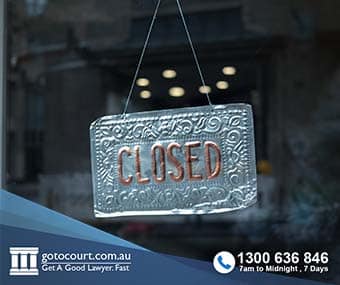Tree Disputes (NSW)
Tree Disputes (NSW)
Tree disputes generally occur between neighbours. In some instances, the tree may be obstructing a neighbour’s view. In most instances, proceedings are commenced because the tree or trees in question are causing damage to a neighbouring property. The legislation which governs tree disputes is the Trees (Disputes Between Neighbours) Act 2006 (the Trees Act).
The Trees Act states that prior to proceedings being commenced in the Land and Environment Court, the applicant must make reasonable efforts to reach an agreement with the other party. If this has not been attempted, then the court will not make an order with respect to the tree. If reasonable attempts to reach an agreement fails, then the Applicant can commence proceedings for the Court to determine the matter.
Who can commence proceedings?
To be eligible to commence proceedings, the person making the application must be an owner or occupier of the land which adjoins the land where the tree in question is placed. Section 7 of the Trees Act states:
An owner of land may apply to the Court for an order to remedy, restrain or prevent damage to property on the land, or to prevent injury to any person, as a consequence of a tree to which this Act applies that is situated on adjoining land.
When can an application be made?
There is no time limit as to when Applications can be made to resolve tree disputes under the Trees Act. However, there are specific criteria which need to be met before an Application can be made. For example, for an Application to succeed in relation to a tree which is obstructing a view and/or sunlight the tree must be at least 2.5 metres high.
Section 10 of the Trees Act sets out the circumstances in which the court can make an order. It states that the court must not make an order unless satisfied that:
- that the applicant has made a reasonable effort to reach an agreement with the owner of the land on which the tree is situated, and
- if the requirement to give notice has not been waived, that the applicant has given notice of the application in accordance with section 8.
The Court must not make an order under this Part unless it is satisfied that the tree concerned:
- has caused, is causing, or is likely in the near future to cause, damage to the applicant’s property, or
- is likely to cause injury to any person.
How are proceedings about tree disputes commenced?
When making an Application, it is important to ensure the correct form is used for the claim you are making. If the Application is in respect to a tree that is damaging property, then a Form C should be used and accompanied by Tree Dispute Claim Details (damage to property or injury to a person).
If the Application relates to a tree which is obstructing views or sunlight, then a Form H should be used. A filing fee is payable upon filing. The Application can be filed in person at the Court Registry or can be posted. Four copies must be provided to the Court for filing.
Once filed, the matter will be allocated a preliminary hearing date. Each party will be advised of this date by the Court. The Court will keep a copy of the filed Application, the remaining copies will be sent to the Applicant. Upon receiving the filed copies, the Applicant must serve one on the owner or occupant of the neighbouring property, and another copy must be served on the local council. In circumstances where the tree is heritage listed – a copy must also be served on the Heritage Council. The Local Council and the owner/occupier of the neighbouring property must be served at least 21 days prior to the preliminary hearing date.
Prior to the preliminary hearing
The Practice Note which relates to tree disputes applications states that the parties must consider a number of issues prior to the preliminary hearing. These are:
- Whether expert evidence is going to be used – if so, directions will need to be made at the preliminary hearing as to a timetable for the service and reply to such evidence;
- Directions – the parties must agree on a suitable timetable for the matter to run efficiently. If no agreement is reached, the parties should prepare individual directions to submit to the Court on the day of the preliminary hearing.
At the preliminary hearing, these issues will be circumvented and a timetable will be set.
Final hearing
At the preliminary hearing, a date will be set for a final hearing to take place. The final hearing will be heard by a commissioner of the Court, who is an arborist. The Commissioner will decide what is going to happen with the tree and make orders where appropriate.
If you require legal advice or representation in a civil law matter or in any other legal matter, please contact Go To Court Lawyers.

Affordable Lawyers
Our Go To Court Lawyers will assist you in all areas of law. We specialise in providing legal advice urgently – at the time when you need it most. If you need a lawyer right now, today, we can help you – no matter where you are in Australia.How It Works

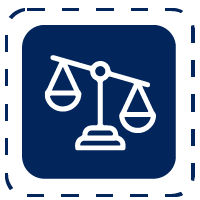


1. You speak directly to a lawyer
When you call the Go To Court Legal Hotline, you will be connected directly to a lawyer, every time.

2. Get your legal situation assessed
We determine the best way forward in your legal matter, free of charge. If you want to go ahead and book a face-to-face appointment, we will connect you with a specialist in your local area.

3. We arrange everything as needed
If you want to go ahead and book a fact-to-face appointment, we will connect you with a specialist in your local area no matter where you are and even at very short notice.


